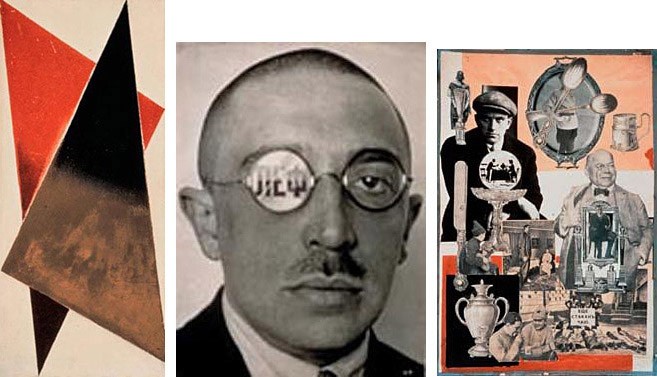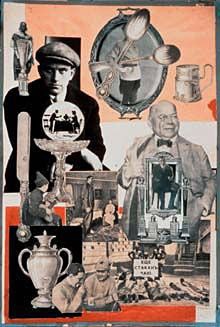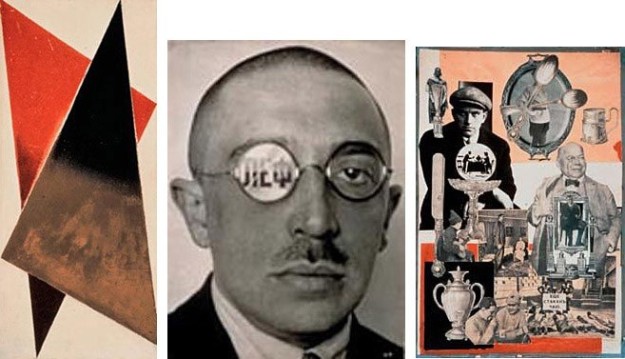
Astrakhan State/ Osip Brik. Unpublished illustration for the cover of the magazine Lef (Left), 1924. Courtesy to the Pushkin State Museum of Fine Arts, Moscow/ Maquette for an illustration for About This (Pro Eto), a poem by Vladimir Mayakovsky, 1923
© Alexander Rodtjenko/BUS 1999
Alexander Rodchenko
6.3 1999 – 24.4 1999
Stockholm
This exhibition presents for the first time in Scandinavia the whole range of Aleksandr Rodchenko´s work. It shows Rodchenco as one of the leading classic modernists and displays, among other pioneering works, his first monochrome paintings of 1918 and 1921. As well as these ground breaking non-objective paintings and sculptures which were so influential on the American Minimalists in 1960s, Rodchenco´s work in architecture, photography and design is also shown. In each of these areas he established a distinctive point of view which has been of great influence on subsequent generations.
This exhibition also links the work of Rodchenco with his time, in particular with the early years of Russian Revolution and the subsequent Stalinist repression.
Just as in France during the first two decades of this century Picasso and Braque invented wholly new ways of perceiving form and space, so in Russia, the three artists Malevich, Tatlin and Rodchenco moved away from trying to depict the objective world in order to completely redefine the vocabulary and possibilities of modern art.
From the beginning of the 1930s until the end of 1980s their work was officially supressed in the Soviet Union and their reputation was maintained only in the Vladimir Tatlin to be shown since the 1930s and reconstructed a number of his most important lost works.
Of these artists Rodchenco was most consciously involved in constructing works for new forms of social organisation. Art was to serve the Revolution by leading people to see things in new ways. This is the first exhibition of his whole range of production to be seen in Scandinavia and focuses on his innovatory ideas in the fields of painting, sculpture, typography, design, architecture and photography.
The exhibition also traces the different stages of Rodchenco´s life, how he was affected by the revolutionary changes in Russia and his relationships with other members of the Moscow avantgarde such as the poet Vladimir Mayakovsky and the artist Varvara Stepanova, with whom he lived. Work is shown from the time when he was a student in Kazan before the revolution, the so-called Laboratory Period of Russian Constructivism, the “end of painting” in 1921, the anti-elitist Productivism of the 1920s, to the years of his denunciation by the authorities as a “formalist” in the 1930s and his gradual, and only partial, rehabilation.
Rodchenco was born in St Petersburg in 1891 and died in Moscow in 1956.
A seminar on Rodchenco has been organised to coincide with opening of the exhibition.
Curators: Peter Galassi and Magdalena Dabrowski

This exhibition has been organised by the Museum of Modern Art in New York and has been curated by Magdalena Dabrowski and Peter Galassi.
The showing of the exhibition in Stockholm has been supported by Bonnier Group.

